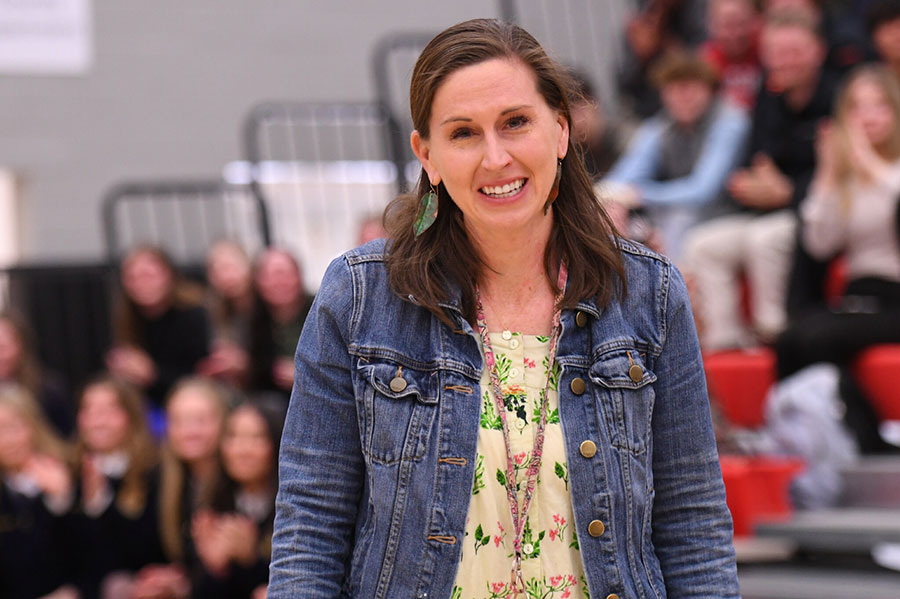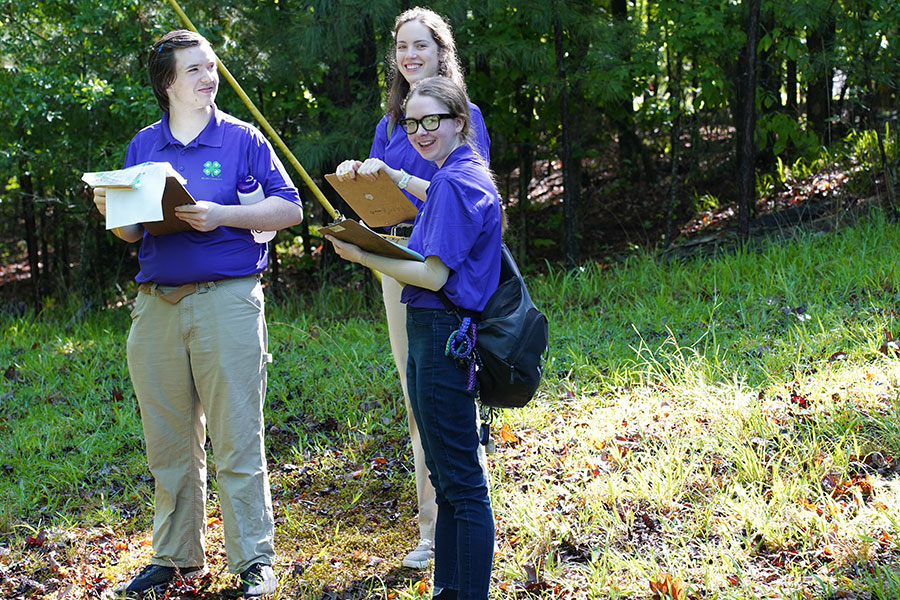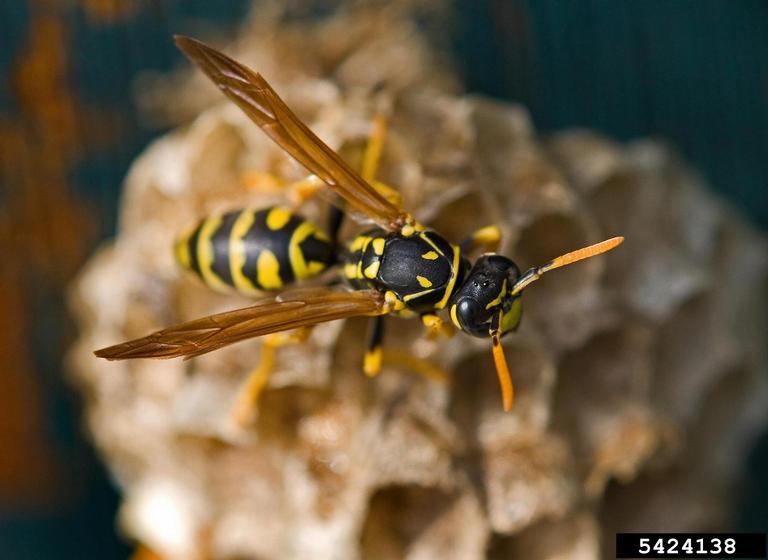Humans aren't the only ones the sun's rays can damage. Plants can also suffer 'sunburns' and other damage.
Researchers with the University of Georgia College of Agricultural and Environmental Sciences are working with the Natural Resource Ecology Laboratory at Colorado State University to monitor ultraviolet radiation across the nation.
NREL runs the UV-B Radiation Monitoring Program to collect data on ultraviolet-B, or UV-B, for researchers who study UV radiation's effects on plants. The program is funded by the U.S. Department of Agriculture.
Ultraviolet radiation is classified in three bands: A, B and C. Of these three, UV-A and UV-B are the only ones that reach the earth's surface. UV-C is absorbed by the ozone layer.
Most UV-A rays aren't absorbed by the ozone layer. Most UV-B rays are, but some do reach the earth's surface.
"The ozone layer varies with the time of year and changing weather," said Gerrit Hoogenboom, a UGA agricultural meteorologist who maintains the Georgia UV-B monitoring site. "It has thinned in certain areas due to emissions of ozone-depleting chemicals widely used in industry."
UV rays can cause cataracts and skin cancer in humans.
"But they can also damage plants," Hoogenboom said. "The rays damage plant cells, which can lead to reduced yields in some crops."
Little research has been done on UV damage to plants, because it's hard to get data. The NREL is working to change that.
Established in 1994, the USDA UV-B Radiation Monitoring Program consists of 27 monitoring sites across the United States and southern Canada.
The equipment at each site sends in data daily via telephone lines. This allows the data to be placed on the World Wide Web (http://uvb.nrel.colostate.edu) by the following morning.
Because of the time required to set up a UV-B data base, the monitoring sites have to be in stable rural areas. UGA maintains the Georgia site on a research farm run by the Georgia Experiment Station in Griffin, Ga.
"Our equipment is on our Bledsoe Research Farm in Pike County, which is a perfect site," Hoogenboom said. "This is plot land used for research, so development or other major changes in the surrounding area aren't expected. Development can distort the data. So long-term stability of the site is necessary."
"Many researchers want UV-B data for research on plants, animals and humans," said Dave Bigelow, a researcher working on the program at NREL. "But the monitoring equipment needed is very expensive. Now they can link to our network and get the data they need."
The NREL equipment records UV-B levels every three minutes. "We have four years of data. But it's still too early to tell whether UV-B levels are changing over time," Bigelow said. "It will probably take many more years to tease out periodic cycles versus long-term trends."
Bigelow said UV-B levels are normally higher during the summer. "Longer days and higher sun angles mean higher UV values," he said. "The highest values occur in the summer on clear days."
The sun's rays are strongest at the equator, where the sun is most directly overhead. "UV-B levels are higher at our Georgia site than at our Ohio and Michigan sites for this reason," Bigelow said.
"We're plowing new ground with this research. There are so many questions out there to answer," he said. "Will plant species that have become somewhat UV-tolerant in Georgia become suitable for Michigan if we begin to see increased UV-B levels there? Would certain crops perform better if grown using shading? If UV-B light levels are increasing, will that affect our food supply?
"To date, only a few researchers are actually using the data," he said. "However, the program is just becoming known. And the data users don't always report back to us."






